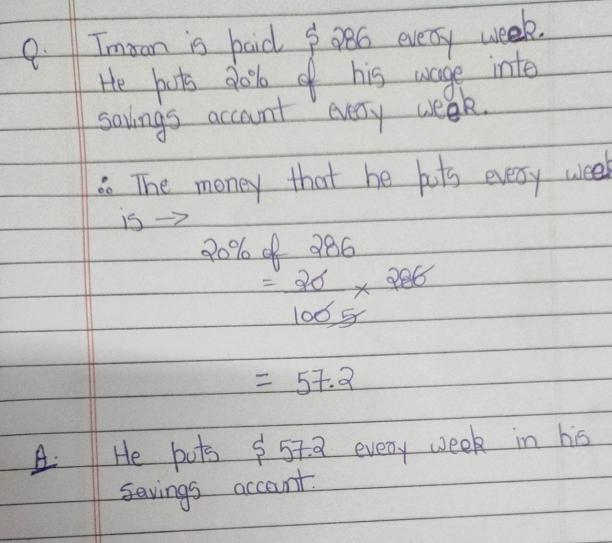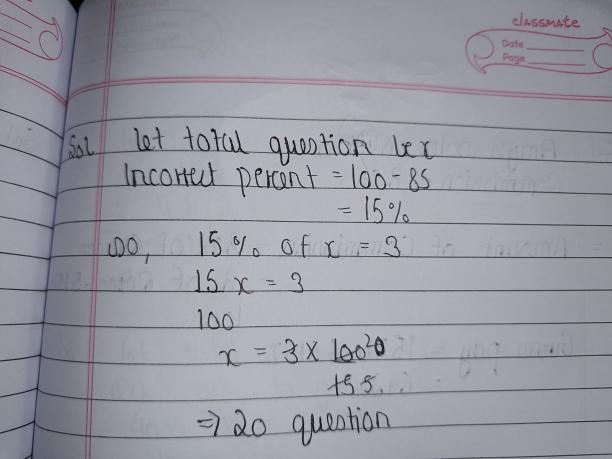 6
6  6
6  20
20  5
5 The answer is 144.
Step-by-step explanation: Let 'a' be the first term and 'd' be the common difference of the given arithmetic progression (A.P.).
According to the given information, A.P. is {0, 4, 8, 12, 16, . . .}, i.e., a=0 and d=4.
The sum of first n terms is given by

So, the sum of first 9 terms is

Thus, the required sum is 144.
 5
5 The answer is 144.
Step-by-step explanation: Let 'a' be the first term and 'd' be the common difference of the given arithmetic progression (A.P.).
According to the given information, A.P. is {0, 4, 8, 12, 16, . . .}, i.e., a=0 and d=4.
The sum of first n terms is given by

So, the sum of first 9 terms is

Thus, the required sum is 144.
The answer is in the image

Cost of 7 gallons=$24.50
Cost of 1 gallon=24.50/7=3.5
Cost of 15 gallons=15*3.5=52.5
Cost of 15 gallons will be $52.5
For 1 flavor there are 9 topping
Therefore, for 5 different flavors there will be 5*9 choices
No of choices= 5*9
=45
The answer is in the image

y=2x+15
where y=Value of coin
x=Age in years
Value of coin after 19 years=2*19+15
=$53
Therefore, Value after 19 years=$53

It will provide an instant answer!
